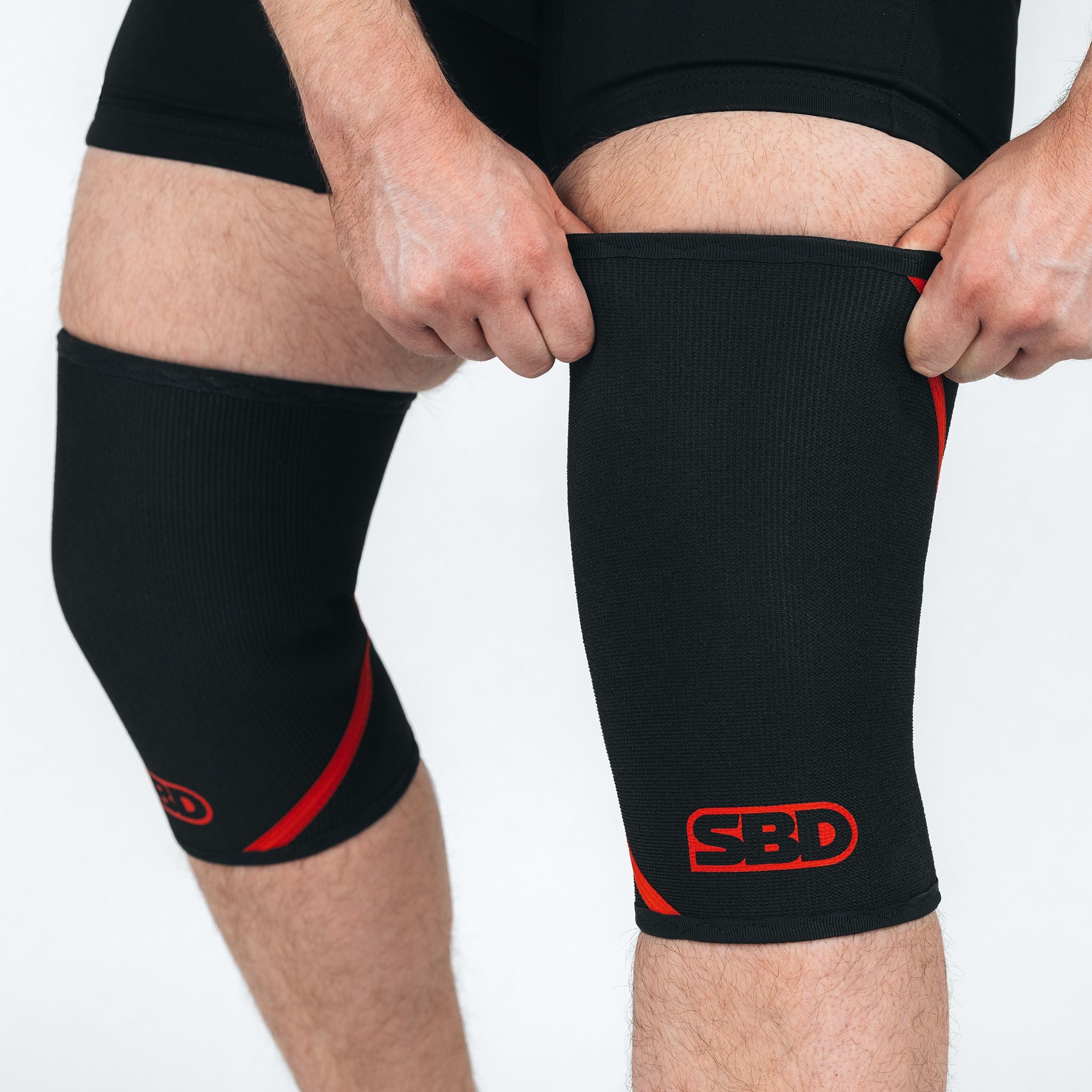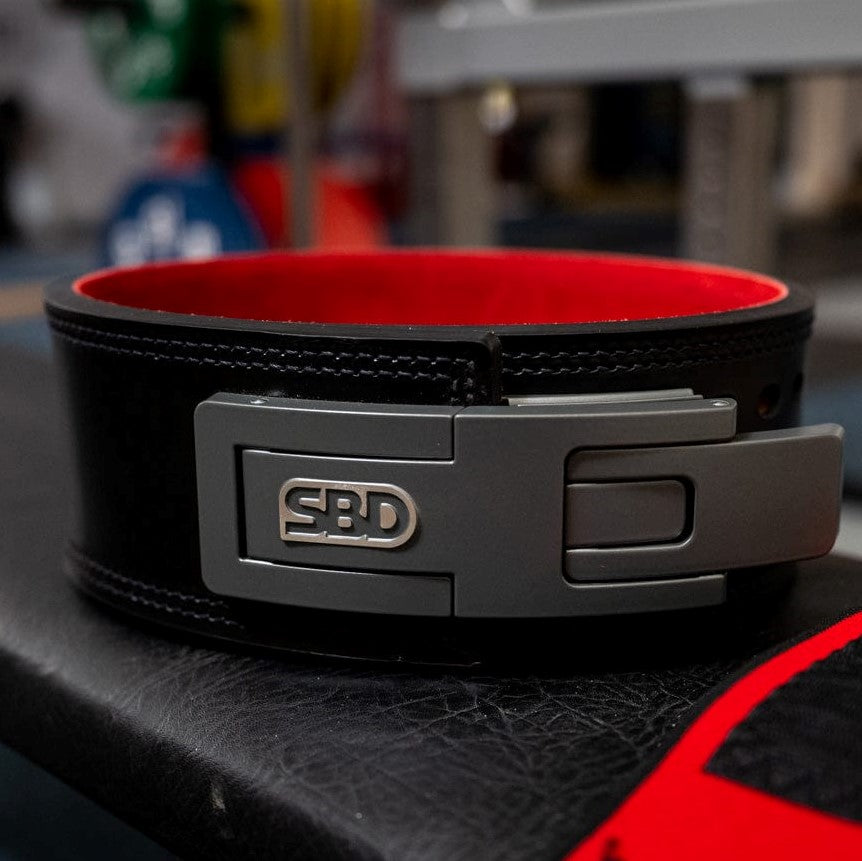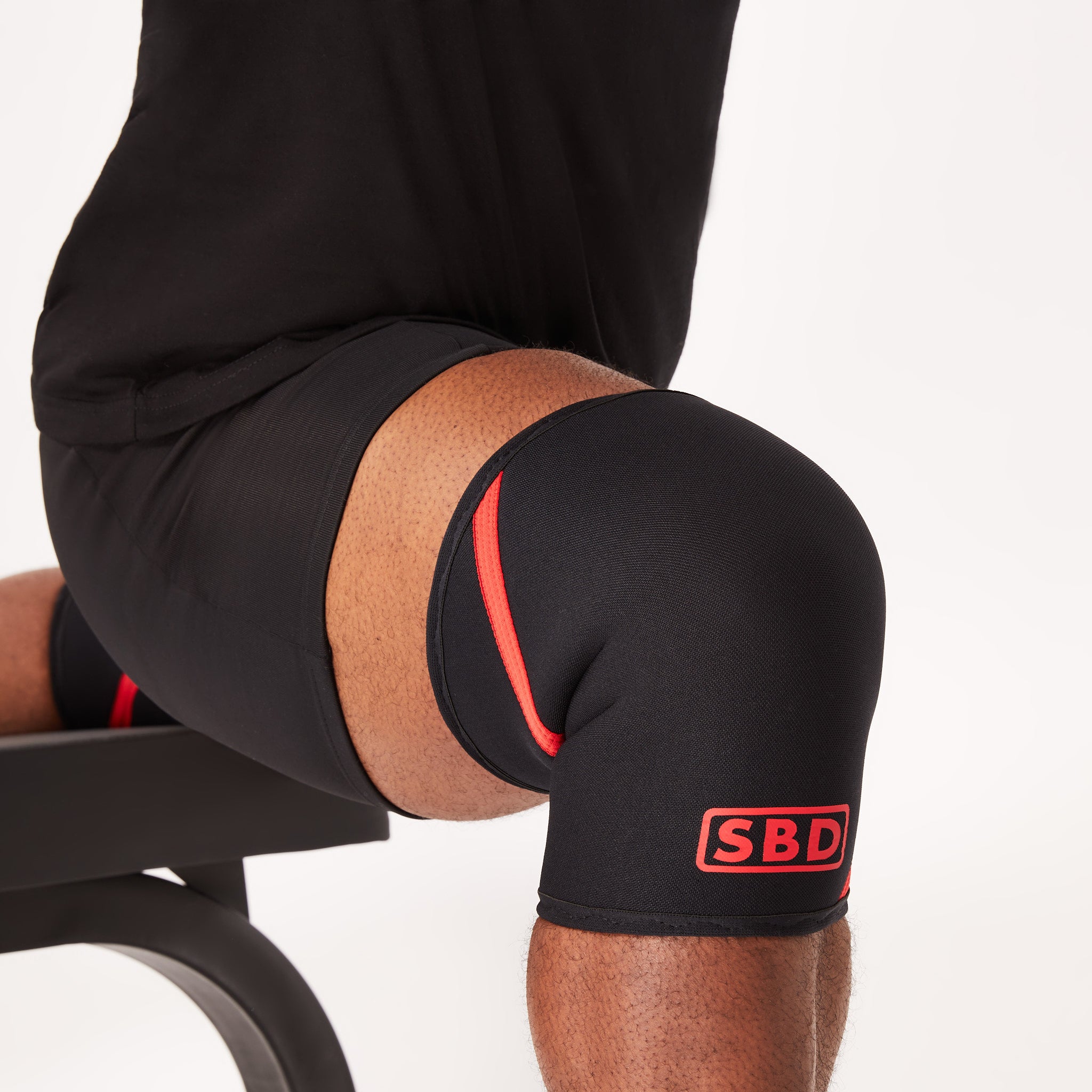Life, Lifting and Anesthesia During the Time of Covid
By Dr. Joanna Rieber
I’m writing this blog as a memoir of my own experiences to date during the COVID pandemic – in no way am I inferring that my experience was any better or any worse than anyone else’s – it is simply my experience. This pandemic has been hard on all of us in different ways.

COVID came to Canada in late winter. At that time, many others and myself didn’t truly understand the risk and overall impact it would have on our country and the world. Most of us, even in medicine, underestimated the toll it would take. To quote a good friend of mine, it quickly became evident that the COVID pandemic would become one of the biggest struggles of our lifetime.

Work life for me became an uncertain literal nightmare almost overnight. As an anesthesiologist, we are tasked with what has become one of the highest risk procedures for contracting covid – intubations. Normally a standard routine part of my job –inserting a breathing tube into a patient’s trachea - all of sudden it became a huge ordeal. Overnight we went from wearing routine surgical masks, to wearing N95’s, full gortex gowns and full face shields. Everyone else left the room except for us and our assigned nursing colleague. We were now tasked with not only keeping our patients safe, but keeping all of our nursing and surgical colleagues safe, as well as ourselves. Everyone looked to us for guidance and answers – and truthfully we didn’t have them all. We were literally flying by the seat of our pants, trying to keep up with daily changing safety guidelines and protocols, trying to read everything we could in the literature emerging from around the world, trying to keep everyone safe, and frankly trying to keep it together at work and at home. It became clear early on that nobody had our backs in healthcare except ourselves. We joined committees in our off time, procured equipment, defended our choices and safety needs to administration, bought our own equipment on amazon and at welding shops, and networked with physicians and health care workers all over the world. The sense of solidarity with other health care workers across the globe is as difficult to explain, as is the sense of isolation many of us felt entering the hospital each day.
The cognitive load required each day at work was overwhelming at times. I don’t think I realized the amount of stress I was under until much later. Remember that in March and April, the death toll in both Italy and NYC was very high, and health care workers were among those contracting covid and dying. We just went to work every day with this overwhelming uncertainty and fear, which in retrospect may seem a bit over the top, but at the time was warranted. We just simply didn’t know. We all expected that some of us would get sick. We were asked to form airway teams – to intubate all the covid positive patients in the hospital as the airway experts. We were quickly running out of equipment we needed to stay safe. It was an uncertain time. We were scared for our families, our colleagues, and ourselves. At times I found it difficult to deal with anyone not on the front lines – mainly because I was having difficulty dealing with and processing my own stress.

Lifting really took a back seat during this time for me. Arguably I had more free time as elective surgeries were all on hold, I was at home more days than average. But mentally I just did not have it in me. Usually my outlet for stress, I would enter my gym, sit there, and just leave. It was a good eight weeks of doing almost nothing. I lost almost ten pounds between not training and not eating all day at work. For the first month or so, we were stuck in one n95 mask all day long, as there weren’t enough masks available, and we were too scared to take it off and contaminate ourselves after each procedure. I also was not sleeping well, not surprisingly. I had a hard time watching lifting on social media as well. And I know I was privileged to have a home gym, unlike many others. So partly I felt guilty for not lifting. And partly I felt sad. And part of me was angry. Angry that I was in this position of overwhelming stress.

I spent a lot of the time feeling angry, actually. Angry that my job put me in this position. Angry that I had to homeschool my kids, which I felt like I was failing at most days. Angry that people were not taking COVID seriously when myself and my colleagues had to go into work and face the reality of it day to day. There were many days I drove home in tears (I was not alone in this), just from the stress of it all. I stripped down and showered before letting my kids come anywhere near me. For us the risk was real. For anyone that reached out to me during this time, thank you. Even if I didn’t say it at the time, the support was greatly appreciated, by myself, and everyone else working the front lines in any capacity.
After weeks of not entering my gym, eventually I just said to myself, and to my coach, “I just don’t have it in me to train like a powerlifter right now”. This took away the mental load and allowed me to take one day at a time, and not beat myself up about something else I felt I was not doing well. We took the approach of ‘anything is better than nothing right now’, and it was a welcome change. Little by little as my nutrition and sleep caught up, and my daily anxiety went down, I’d spend a little more time in the gym each week. And slowly it became the outlet that I needed, that it had always been for me in the past, the little window of ‘me time’, and at this point in time a break from the reality of work life.
The pandemic has been a unique time for networking in medicine. Health care professionals from all over the world were sharing information like never before. There was definitely a feeling of solidarity. Powerlifting friends of mine in health care reached out as well. We shared resources and data almost daily, which was a nice crossover between what I normally consider my two separate lives. I was also somewhat involved in advising and decision making regarding Canadian national teams. Again networking with others made difficult decisions easier. There was, and still is, so much that we just don’t know.

With a bit of luck and a lot of people stepping up and doing the right thing, my country and my city were able to avoid worst case scenario projections during the first wave. Our numbers are now reasonably under control, elective surgery is going ahead, our anxiety has decreased exponentially, and the supply chains for PPE have had a chance to catch up, at least for now. We will have to wait and see what the fall and winter will bring, as numbers here slowly creep back up.
After a brief hiatus, I’ve settled back into a real lifting routine, and despite the break I’ve worked back up to levels of strength I’ve not seen in a very long time. With no meets in the near future, I’m truly enjoying the ability to lift for lifting’s sake and re- connecting with my lifting world, which has in so many ways been a godsend for me in the last decade.
The world really is a different place right now, there are still a great deal of unknowns and what ifs, but things will hopefully settle into a new normal that is tolerable for most. I am cautiously optimistic that at sometime in 2021 I will get to compete and see my powerlifting family from near and far again. In the meantime, stay strong and stay safe everyone.






